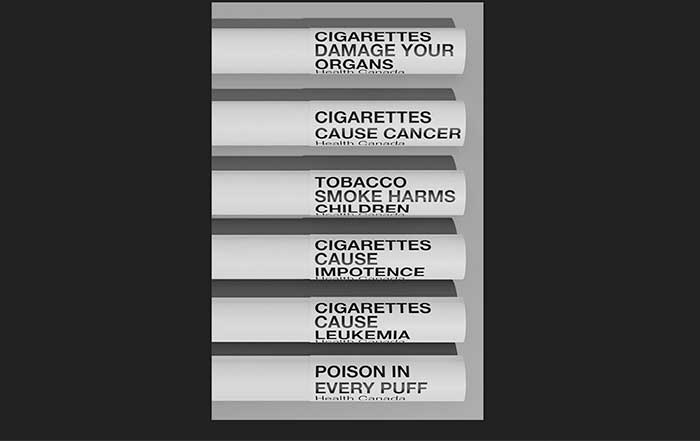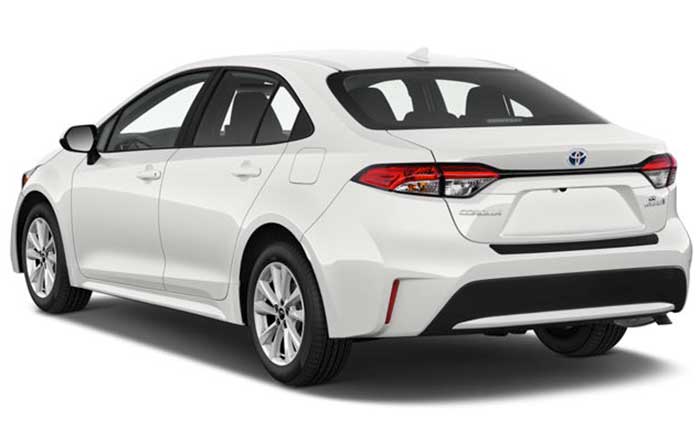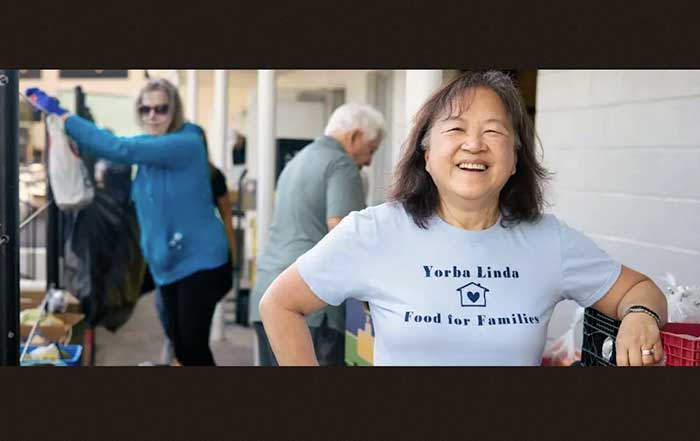On May 31, 2023, World No Tobacco Day, the Canadian government announced final regulations to require a health warning to appear directly on every cigarette, a world first. The announcement has received extensive international attention, and has been praised by the Canadian Cancer Society and other health organizations.
"A health warning on every individual cigarette is innovative and world precedent setting," says Rob Cunningham, Senior Policy Analyst, Canadian Cancer Society. "The measure means that health messaging will be conveyed with every cigarette and every puff, will be there during every smoke break, and will reach youth who experiment by borrowing cigarettes from a friend. This measure will reduce smoking and the appeal of cigarettes, thus preventing cancer and other diseases."
It is expected that many countries will follow Canada's example and adopt this measure, just as there are now more than 130 countries/territories that have required picture warnings for cigarette packages, following the Canadian precedent implemented in 2001. In many countries cigarettes are often sold individually without packaging – in these countries, warnings directly on cigarettes have the potential for even greater impact.
For the Canadian warnings directly on cigarettes, there will be 2 sets of 6 warnings, with sets changed in rotation. As illustrated in the mock-ups provided by the Canadian Department of Health ("Health Canada"), the warnings will appear on the filter end of the cigarette, with black text on a white background, in upper case letters, in both English and French. The implementation deadline for the first set will be April 30, 2024, at the manufacturer level and July 31, 2024, at the retail level for cigarettes that are 83-85 mm in length (which is the standard cigarette length internationally, and which in Canada is called "King Size" length) and April 30, 2025, at the retail level for cigarettes that are 70-73 mm in length. In Canada, King Size cigarettes represent 69% of the cigarette market (2021).
The new Canadian regulations will also enhance the health messages required on the outside and inside of packages. A new round of 14 picture warnings on the package exterior will be required to appear on 75% of the package front and back by April 30, 2024, with a second new set of 14 picture warnings to appear 24 months later. Enhanced messages on the package interior will also be required at retail by April 30, 2024. Canada first required health messages inside cigarette packages in 2001, either on an insert for flip-top packages, or on the "slide" of slide and shell packages. Today Canada remains the only country that has required a health warning on the package interior, in addition to the package exterior, with "slide and shell" now the only permitted format for cigarette packaging in the country.
The global trend in requiring picture warnings, warnings with increased size, and plain packaging, is outlined in the seventh edition of a report by the Canadian Cancer Society, dated October 2021. For plain packaging, which removes branded colours and logos, and uses a standard background colour for all brands (eg drab brown), there are now at least 25 countries/territories that have final requirements, beginning with Australia in 2012 and including Canada in 2019.
The World Health Organization reports that tobacco kills more than 8 million people each year, that 80% of the world's tobacco users live in low- and middle-income countries, and that in 2020 22.3% of the world's population used tobacco, including 36.7% of all men and 7.8% of the world's women. Smoking causes lung cancer, at least 15 other types of cancer, heart disease, stroke, emphysema, and many other health effects, including harms from second-hand smoke. In Canada, based on 2021 data, there are still 3.8 million Canadians who smoke, representing 12% of the population aged 12+. The Canadian government has set an objective of under 5% of Canadians using tobacco by 2035.
The Canadian Cancer Society works tirelessly to save and improve lives. We fund the brightest minds in cancer research. We provide a compassionate support system for all those affected by cancer, across Canada and for all types of cancer. As the voice for people who care about cancer, we work with governments to shape a healthier society. No other organization does all that we do to make lives better today and transform the future of cancer forever. Help us make a difference. In Canada, call 1-888-939-3333 or visit cancer.ca today.




